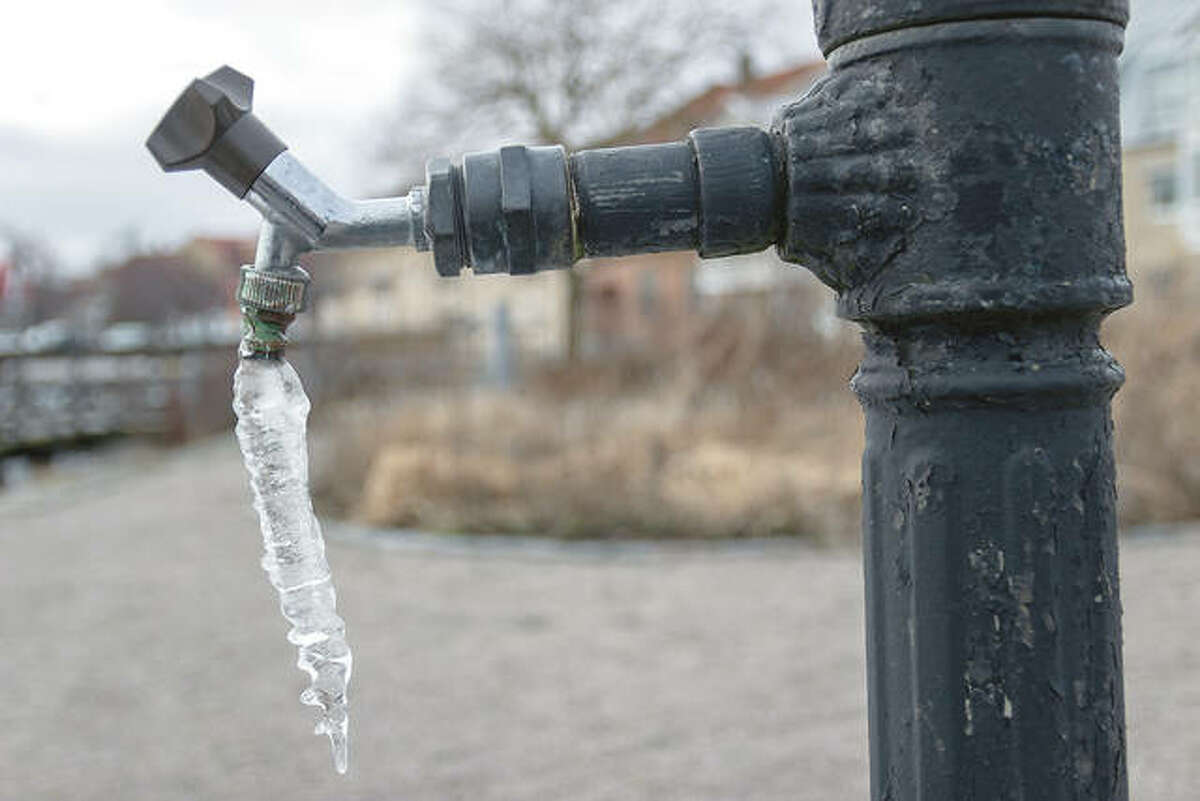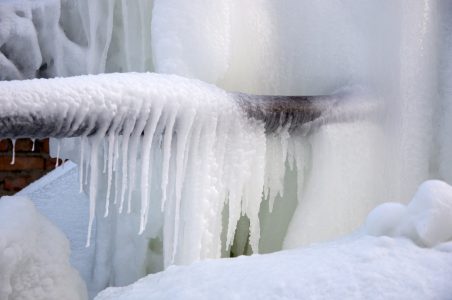Guidance for Preventing Frozen Pipes in Cold Weather: Expert Insights
Guidance for Preventing Frozen Pipes in Cold Weather: Expert Insights
Blog Article
The article author is making a number of good points regarding 6 Ways to Prevent Frozen Pipes in general in this article down below.

Winter can wreak havoc on your pipes, especially by freezing pipelines. Below's just how to stop it from happening and what to do if it does.
Introduction
As temperature levels decline, the threat of icy pipelines boosts, potentially resulting in costly fixings and water damages. Comprehending exactly how to prevent icy pipelines is important for property owners in cold environments.
Prevention Tips
Shielding prone pipes
Wrap pipes in insulation sleeves or utilize warm tape to secure them from freezing temperature levels. Concentrate on pipelines in unheated or outside locations of the home.
Heating techniques
Maintain indoor areas adequately heated, especially locations with pipes. Open cabinet doors to permit warm air to circulate around pipes under sinks.
How to determine icy pipelines
Look for lowered water flow from taps, unusual odors or sounds from pipelines, and visible frost on subjected pipelines.
Long-Term Solutions
Architectural modifications
Think about rerouting pipes far from outside walls or unheated locations. Add additional insulation to attic rooms, cellars, and crawl spaces.
Updating insulation
Invest in top notch insulation for pipelines, attic rooms, and wall surfaces. Proper insulation aids preserve constant temperatures and minimizes the danger of frozen pipelines.
Securing Outside Pipes
Yard hose pipes and outside taps
Separate and drain yard hose pipes prior to winter. Install frost-proof faucets or cover exterior faucets with insulated caps.
Comprehending Icy Pipes
What causes pipelines to ice up?
Pipes ice up when revealed to temperatures listed below 32 ° F (0 ° C) for prolonged durations. As water inside the pipes freezes, it increases, putting pressure on the pipeline wall surfaces and potentially causing them to rupture.
Threats and damages
Frozen pipes can bring about water system disruptions, building damage, and expensive fixings. Burst pipes can flood homes and create comprehensive architectural damages.
Indicators of Frozen Piping
Determining icy pipelines early can stop them from breaking.
What to Do If Your Pipes Freeze
Immediate actions to take
If you believe frozen pipes, maintain taps open up to soothe stress as the ice thaws. Make use of a hairdryer or towels soaked in warm water to thaw pipelines gradually.
Conclusion
Preventing icy pipes calls for proactive measures and quick actions. By understanding the reasons, indicators, and preventive measures, home owners can protect their plumbing throughout winter.
5 Ways to Prevent Frozen Pipes
Drain Outdoor Faucets and Disconnect Hoses
First, close the shut-off valve that controls the flow of water in the pipe to your outdoor faucet. Then, head outside to disconnect and drain your hose and open the outdoor faucet to allow the water to completely drain out of the line. Turn off the faucet when done. Finally, head back to the shut-off valve and drain the remaining water inside the pipe into a bucket or container. Additionally, if you have a home irrigation system, you should consider hiring an expert to clear the system of water each year.
Insulate Pipes
One of the best and most cost-effective methods for preventing frozen water pipes is to wrap your pipes with insulation. This is especially important for areas in your home that aren’t exposed to heat, such as an attic. We suggest using foam sleeves, which can typically be found at your local hardware store.
Keep Heat Running at 65
Your pipes are located inside your walls, and the temperature there is much colder than the rest of the house. To prevent your pipes from freezing, The Insurance Information Institute suggests that you keep your home heated to at least 65 degrees, even when traveling. You may want to invest in smart devices that can keep an eye on the temperature in your home while you’re away.
Leave Water Dripping
Moving water — even a small trickle — can prevent ice from forming inside your pipes. When freezing temps are imminent, start a drip of water from all faucets that serve exposed pipes. Leaving a few faucets running will also help relieve pressure inside the pipes and help prevent a rupture if the water inside freezes.
Open Cupboard Doors
Warm your kitchen and bathroom pipes by opening cupboards and vanities. You should also leave your interior doors ajar to help warm air circulate evenly throughout your home.

As an enthusiastic person who reads about Helpful Tips to Prevent Frozen Pipes this Winter, I imagined sharing that short article was smart. If you enjoyed our article please consider to pass it around. We cherish reading our article about Preventing and dealing with frozen pipes.
Phone Report this page